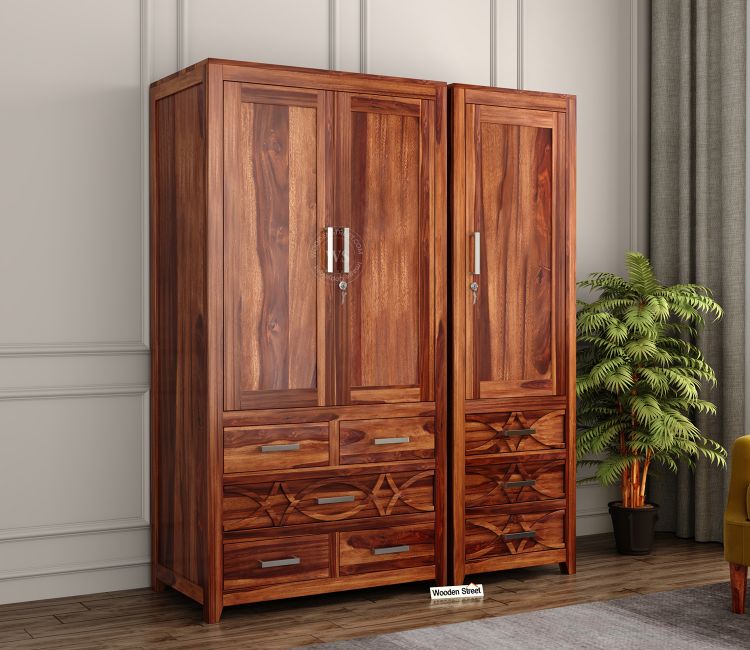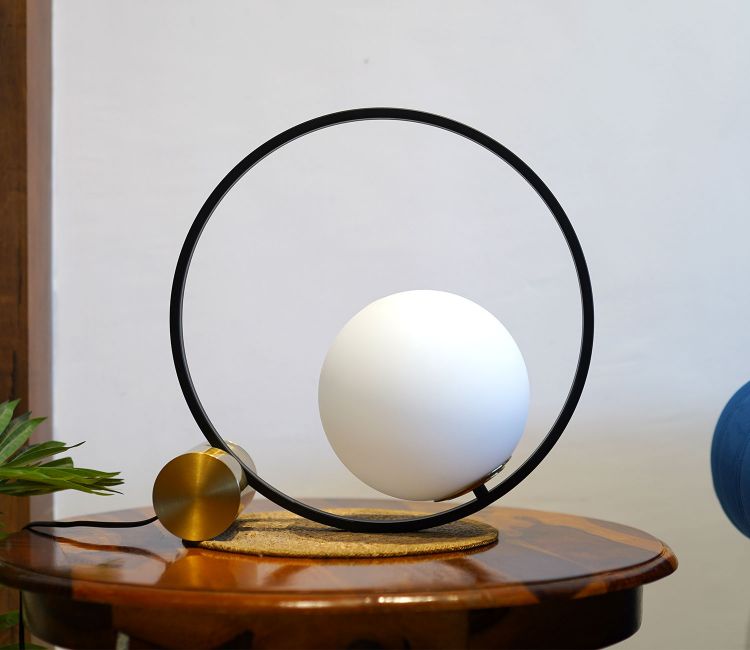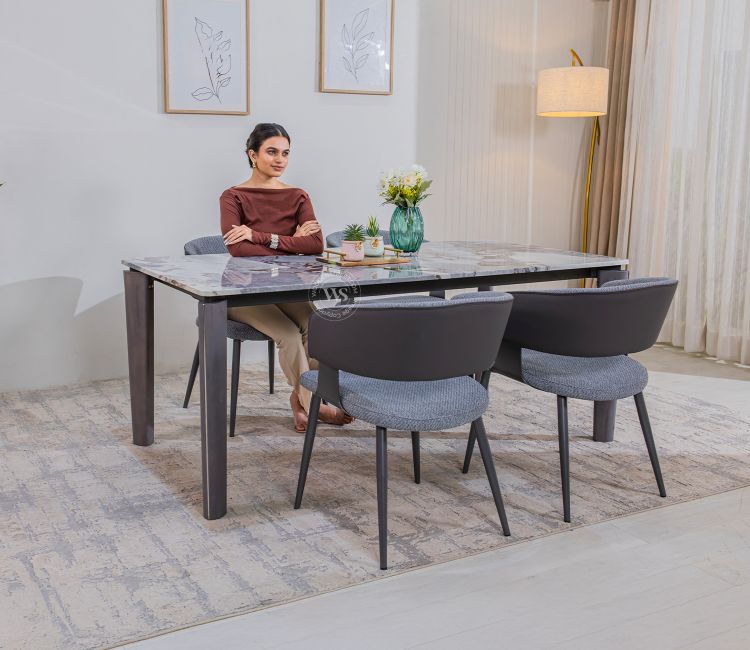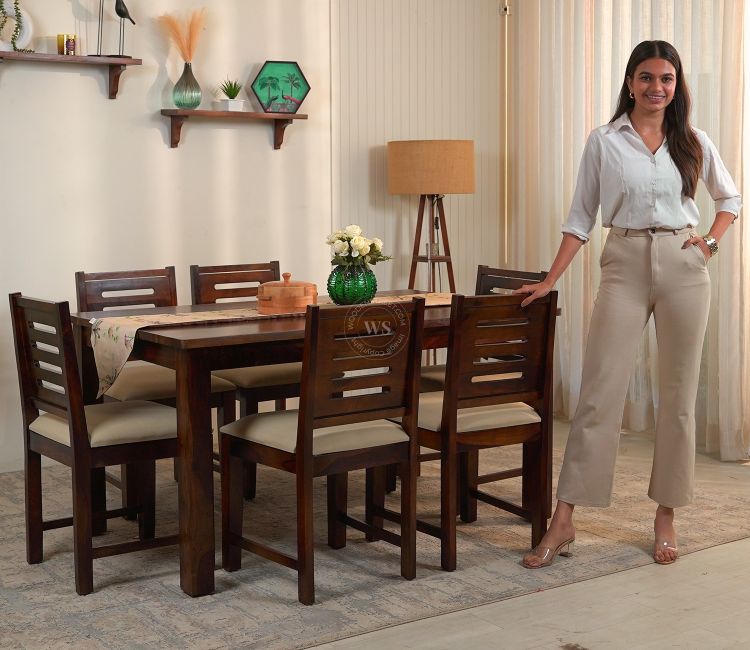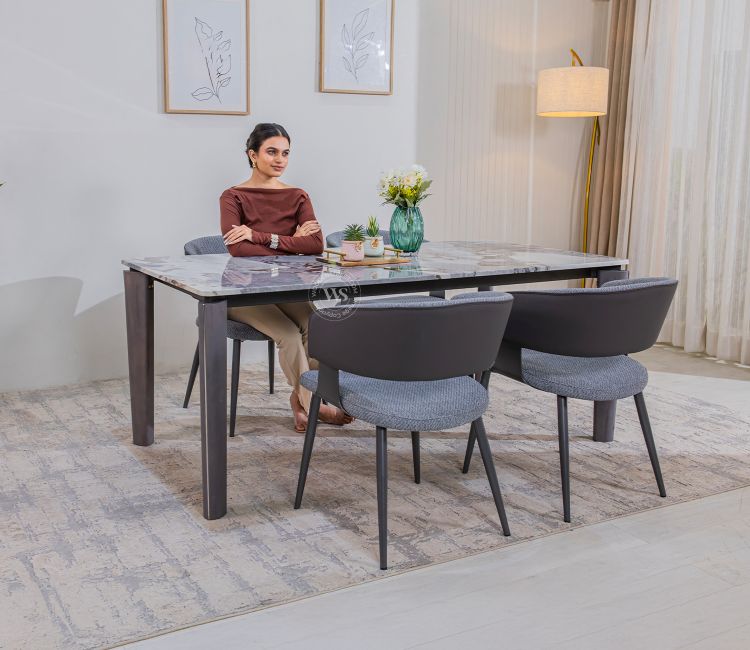Reflecting Elegance: The Timeless Appeal of Wall Mirrors
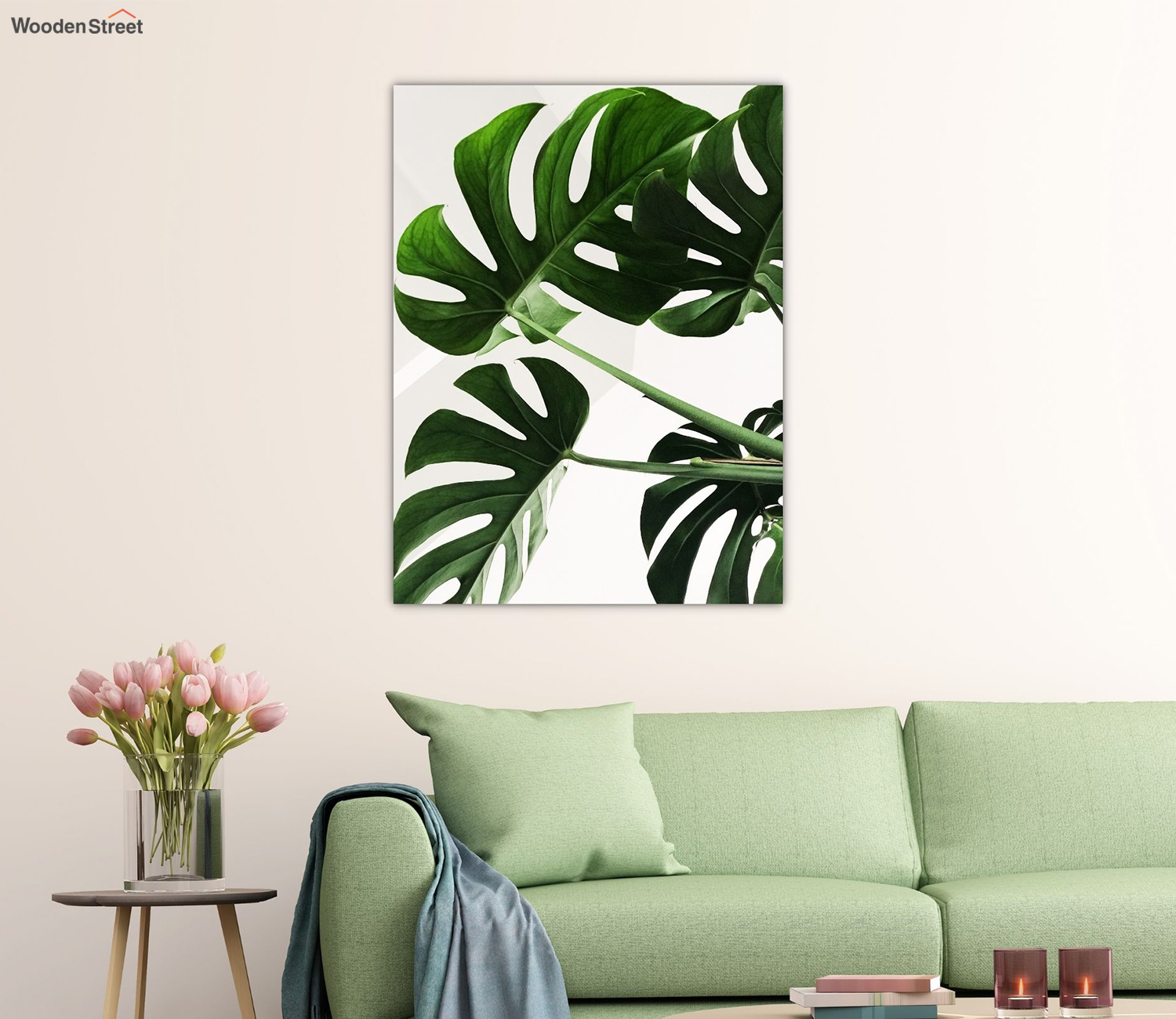
Strong 8k brings an ultra-HD IPTV experience to your living room and your pocket.
Wall mirrors have long transcended their functional purpose of reflecting images to become an integral part of interior design. These versatile decor elements combine practicality and aesthetics, elevating spaces with their ability to amplify light, create the illusion of depth, and contribute to a room’s overall ambiance. Whether used in minimalist modern designs or grandiose traditional interiors, wall mirror remain timeless and versatile.
A Brief History of Mirrors
The history of mirrors dates back thousands of years, with early versions made from polished stone or metal. Glass mirrors as we know them today emerged during the Roman era, but it wasn’t until the Renaissance that mirror-making truly became an art. Venetian artisans revolutionized the craft, producing crystal-clear glass mirrors that were coveted luxury items. Today, mirrors are not only widely accessible but are also designed in countless styles to suit diverse tastes.
Functional Benefits of Wall Mirrors
- Maximizing Space: Mirrors create the illusion of a larger room by reflecting light and expanding the visual field. In compact spaces, a strategically placed mirror can make a cramped area feel open and inviting.
- Enhancing Light: Placing mirrors opposite windows or light sources helps reflect natural and artificial light, brightening rooms and reducing the need for additional lighting.
- Practical Use: Beyond their aesthetic appeal, mirrors serve practical functions in daily grooming, dressing, and personal care routines. They are indispensable in bathrooms, dressing rooms, and entryways.
Design Applications of Wall Mirrors
- Focal Points: A statement mirror with an ornate frame can serve as the centerpiece of a living room or hallway. Bold designs like sunburst or geometric frames instantly draw attention and add character.
- Gallery Walls: Incorporating mirrors of varying shapes and sizes into a gallery wall creates a dynamic visual effect. This approach blends art with utility, offering a refreshing alternative to traditional picture walls.
- Layering with Decor: Mirrors can complement and enhance other decor elements, such as paintings or furniture. For instance, placing a mirror above a console table in the entryway adds depth while anchoring the space.
- Mirrored Walls: Full wall mirrors, often used in gyms or dance studios, are making a comeback in residential interiors. They add drama and sophistication, particularly in dining rooms or small apartments.
Choosing the Right Wall Mirror
Selecting the perfect wall mirror involves considering several factors:
- Size: The size of the mirror should be proportionate to the wall and the surrounding furniture. Oversized mirrors work well in spacious areas, while smaller ones are ideal for accentuating tight spaces.
- Shape: Round mirrors bring softness and balance, while rectangular or square mirrors offer a more structured and formal look. Unconventional shapes like hexagons or asymmetrical designs add a contemporary touch.
- Frame Style: The frame defines the mirror’s character. Wooden frames suit rustic or traditional settings, while metallic or frameless options are better suited for modern and minimalist aesthetics.
- Placement: The position of the mirror is critical. Consider its height and angle to ensure functionality and harmony with other decor elements.
Creative Uses of Wall Mirrors
Outdoor Spaces: Mirrors aren’t limited to interiors. Incorporating weatherproof mirrors into gardens or patios can reflect greenery and create a whimsical outdoor retreat.
- Partition Walls: Mirrors can double as room dividers, particularly in open-plan layouts. A freestanding mirrored screen or a mirrored wall partition can separate spaces while maintaining an airy feel.
- Mirrored Furniture: Mirrors embedded in furniture, like cabinet doors or table tops, are a unique way to integrate reflective surfaces into your decor.
Maintenance Tips for Wall Mirrors
To keep mirrors looking pristine, regular cleaning is essential. Use a microfiber cloth and a glass cleaner to remove smudges and fingerprints. Avoid harsh chemicals, as they can damage certain frames or finishes. Additionally, ensure the mirror is securely mounted to prevent accidents, particularly in high-traffic areas or homes with children.
The Psychological Impact of Mirrors
Mirrors can influence our perception of space and self. A well-placed mirror can make a home feel brighter, more open, and inviting. In Feng Shui, mirrors are believed to reflect energy and bring prosperity when positioned correctly. However, excessive use can create a sense of over-stimulation, so balance is key.
Sustainability in Mirror Design
As environmental consciousness grows, sustainable practices in mirror production are gaining traction. Opt for mirrors made with recycled materials or those produced using eco-friendly processes. Additionally, consider repurposing vintage mirrors to reduce waste and add a touch of history to your home.
Conclusion
Wall mirrors are more than just functional items; they are transformative design tools that add elegance, functionality, and personality to any space. With countless styles and applications, mirrors can adapt to any decor theme, making them an indispensable element in interior design. Whether you're looking to brighten up a dim hallway, make a small room feel larger, or simply admire your reflection, a thoughtfully chosen mirror will always reflect well on your home.
Note: IndiBlogHub features both user-submitted and editorial content. We do not verify third-party contributions. Read our Disclaimer and Privacy Policyfor details.



